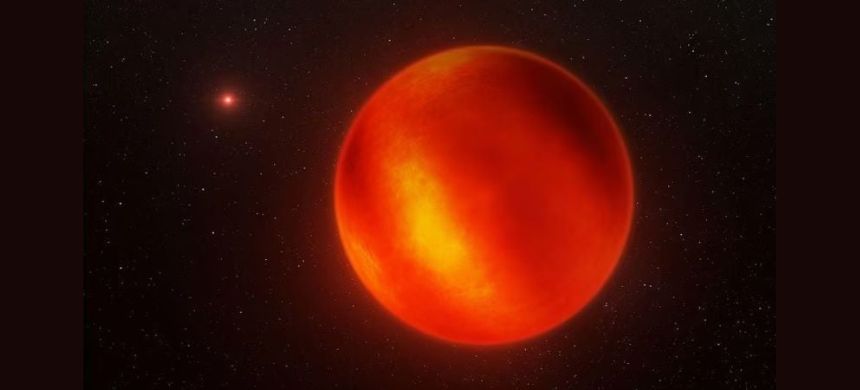Researchers using data from the James Webb Space Telescope have unveiled detailed weather patterns on two brown dwarfs located approximately six light-years from Earth. These celestial bodies, larger than planets but not massive enough to sustain nuclear fusion like stars, exhibit extreme atmospheric conditions akin to a tumultuous Saharan dust storm.
The observations revealed that these brown dwarfs, each about the size of Jupiter but significantly more massive, have atmospheres dominated by hydrogen and helium. Temperatures at their cloud tops reach approximately 1,700 degrees Fahrenheit (925 degrees Celsius), akin to the heat of a candle flame. Layers of clouds composed of hot silicate particles and trace amounts of water vapor, methane, and carbon monoxide were detected at various depths in their atmospheres.
Also Read: NASA Reveals Webb Telescope Images of Galactic Merger
Astronomer Beth Biller from the University of Edinburgh, lead author of the study published in the Monthly Notices of the Royal Astronomical Society, described the findings as the most detailed “weather maps” ever created for brown dwarfs. These maps illustrate how weather changes over the course of the brown dwarfs’ rapid rotations—seven hours for the larger and five hours for the smaller.
The study highlights that brown dwarfs, while sharing compositional similarities with gas giant planets like Jupiter, exhibit distinct atmospheric behaviors due to their intermediate nature between stars and planets. Unlike stars, they lack the fusion processes that sustain their luminosity, relying instead on residual heat from their formation.
The James Webb Space Telescope’s infrared capabilities enabled scientists to probe these atmospheric dynamics comprehensively, offering insights into cloud formation and circulation patterns analogous to those observed on Jupiter. This advancement could pave the way for future studies of weather phenomena on potentially habitable exoplanets beyond our solar system.
In conclusion, the research underscores the complexity of brown dwarf atmospheres and the pivotal role of advanced telescopic technologies like Webb in unraveling their intricate weather systems, advancing our understanding of these enigmatic cosmic entities.











